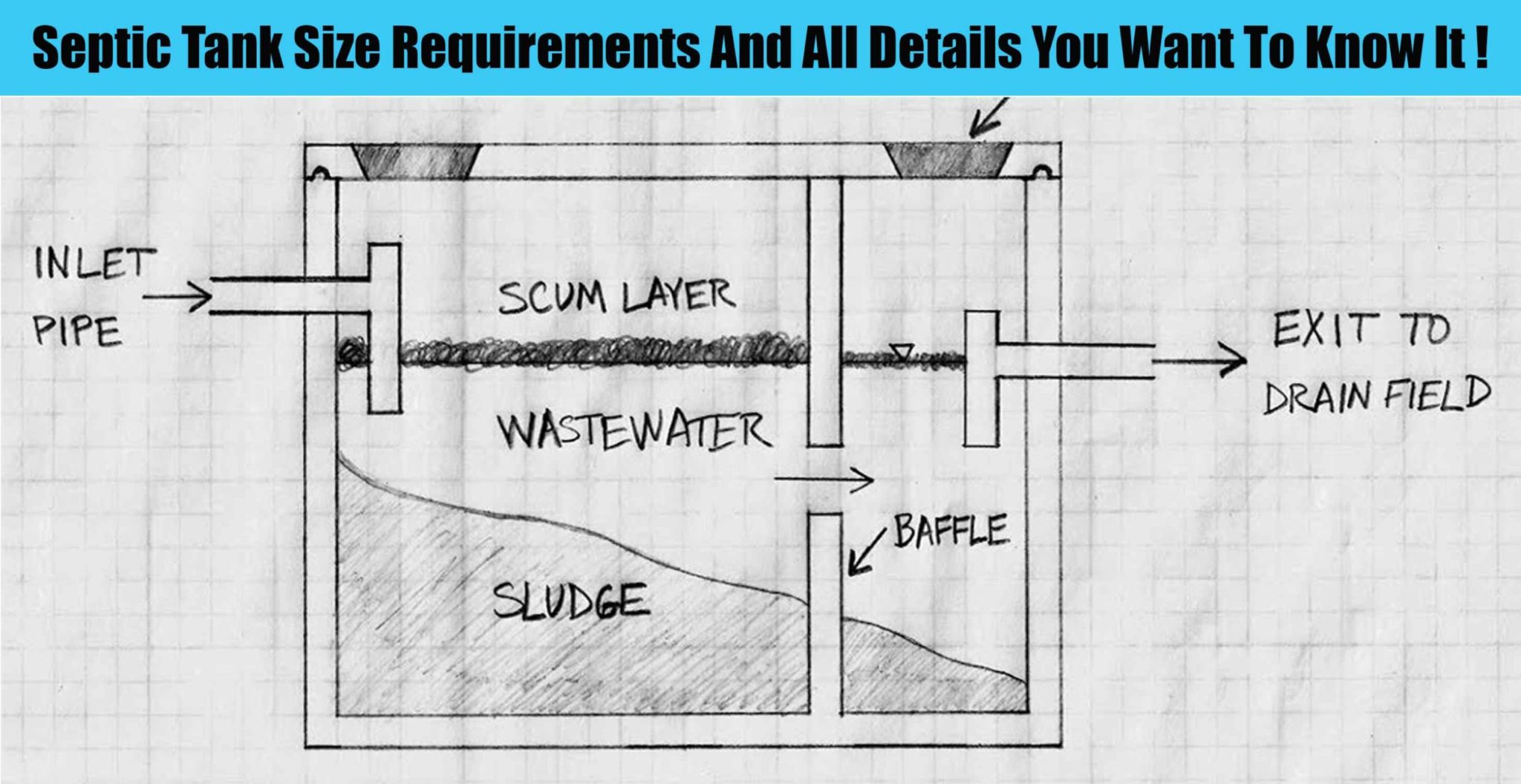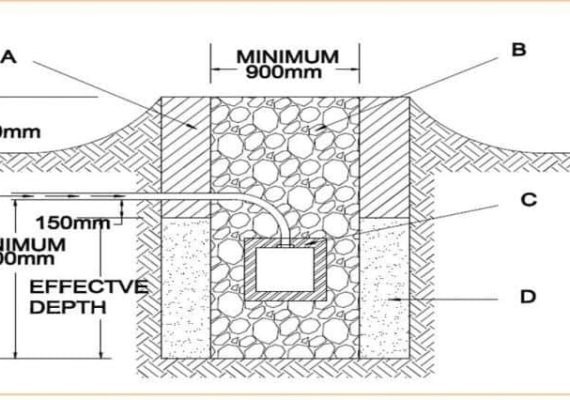What Does Cross Bore Mean In Drainage?
What Does Cross Bore Mean In Drainage?
A cross bore is an underground utility line that was inadvertently bored through a sewer, septic line or other underground utility.
It can occur when trenchless technologies such as directional drilling are used to install new utilities in urban areas, and the equipment operator feels no different than they would for any other type of material being drilled.
Cross bores may go undetected for months to years with their exact location unknown, but it is important to be aware of them and take steps to prevent them from occurring.
When faced with a sewer backup in a residential or commercial property it’s typical for homeowners and plumbers to employ mechanical rotary devices to unclog the sewer or septic lines.
However, this method can pose a serious risk as it almost always causes damage to the utility line that runs alongside the sewer line. In the event that an electric line is severed, there’s a risk of electrocution while a damaged gas line can allow gas to travel through the sewer line and into nearby structures.
This could lead to a catastrophic incident with potential for injuries fatalities, and extensive damage to properties.
Why Should You Care About Cross Bore?
It’s important to be aware of the risks posed by “cross bores”, which can occur when underground utilities intersect with unmarked sewer laterals. These cross bores can remain undiscovered for long periods of time, posing a risk to public safety.
To avoid accidents related to cross bores, it is essential that sewer lines are properly located and marked before any construction, excavation, plumbing maintenance, or drain clearing activities take place.
Cross bores of sewer lines can cause unintended blockages, leading to a backup of wastewater into buildings or homes, putting residents at risk. To clear these blockages, plumbers may resort to using a mechanical rotary tool or root cutter to clear the sewer line, which can damage a natural gas line that may have been unknowingly installed inside the sewer line.
Therefore, it is important to take precautions and ensure proper procedures are followed to prevent cross bores from occurring in the first place.
Cross Bore Safety
Cross bores occur when a utility line is installed inadvertently through an existing sewer line. These cross bores can go unnoticed for months or years, while the gas or other utility line is obstructing the flow of waste in the sewer pipe. Eventually, however, a cross bore can lead to a blockage or backup.
To prevent cross-bores from occurring, industry and policymakers have implemented safety programs that focus on inspecting sites for past trenchless installs to detect potential cross-bores, as well as using CCTV inspection cameras and GPS data collection to locate latent cross-bores.
If a cross-bore is discovered, homeowners should evacuate their property and avoid anything that can cause sparks.
Cross Bore Detection Methods
Several methods for detecting cross bores exist, including camera inspection, monitoring data acquisition by receivers, and using threshold signal amplitude to distinguish between potential cross bores.
Additionally, the Cross Bore Safety Association (CBSA) provides guidance on how to achieve high confidence verification results through integration of quality assurance and risk management processes. Finally, patents such as 20180274358 provide systems and methods for detecting cross bores that include supports and sensors.


![Advantages of Biodigester + How Biodigester Works [A Simple Guide]](https://www.hpdconsult.com/wp-content/uploads/2019/06/maxresdefault-1-570x400.jpg)
